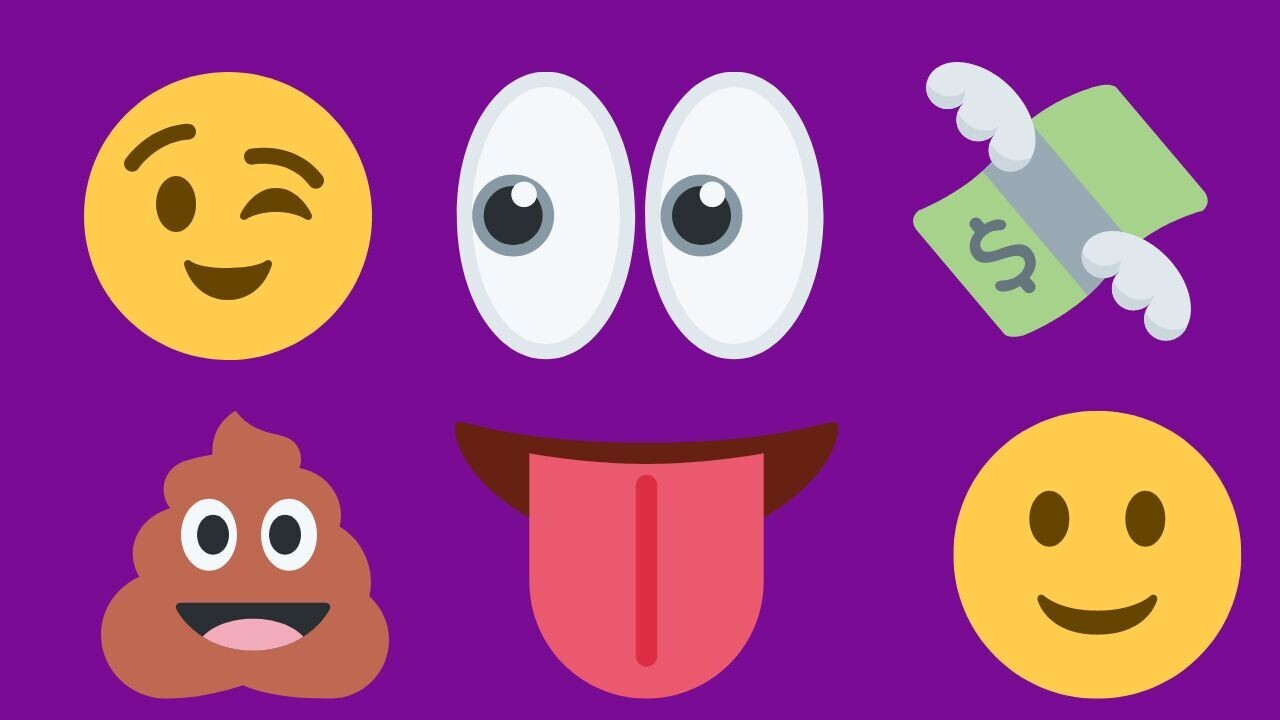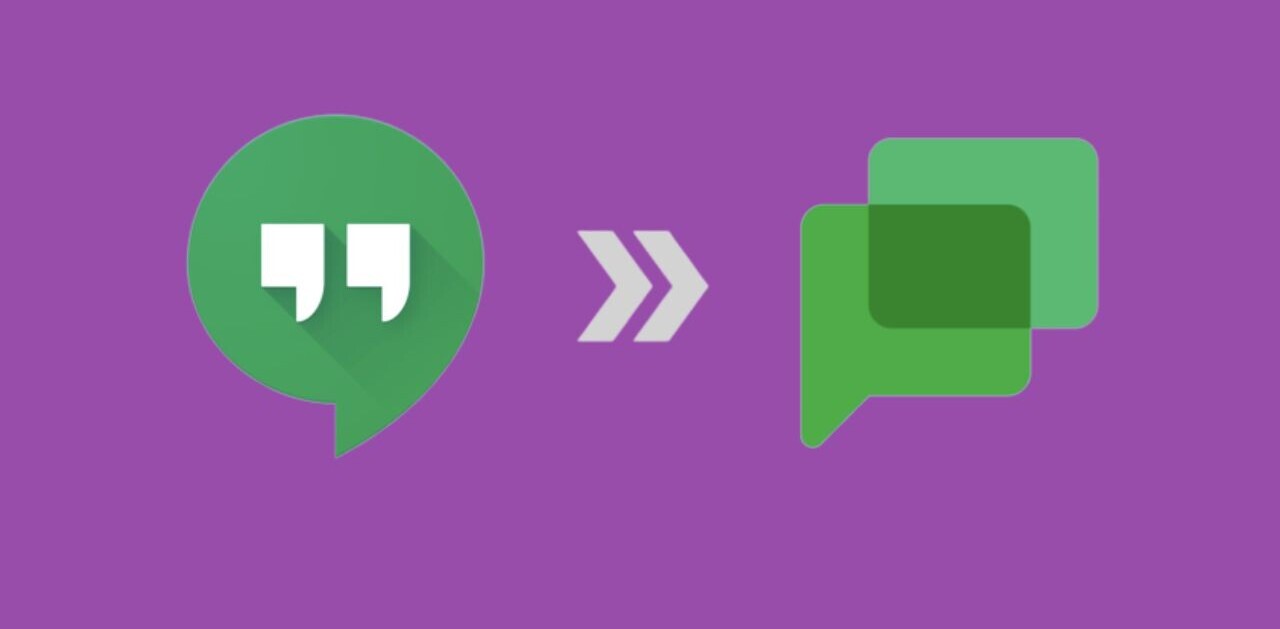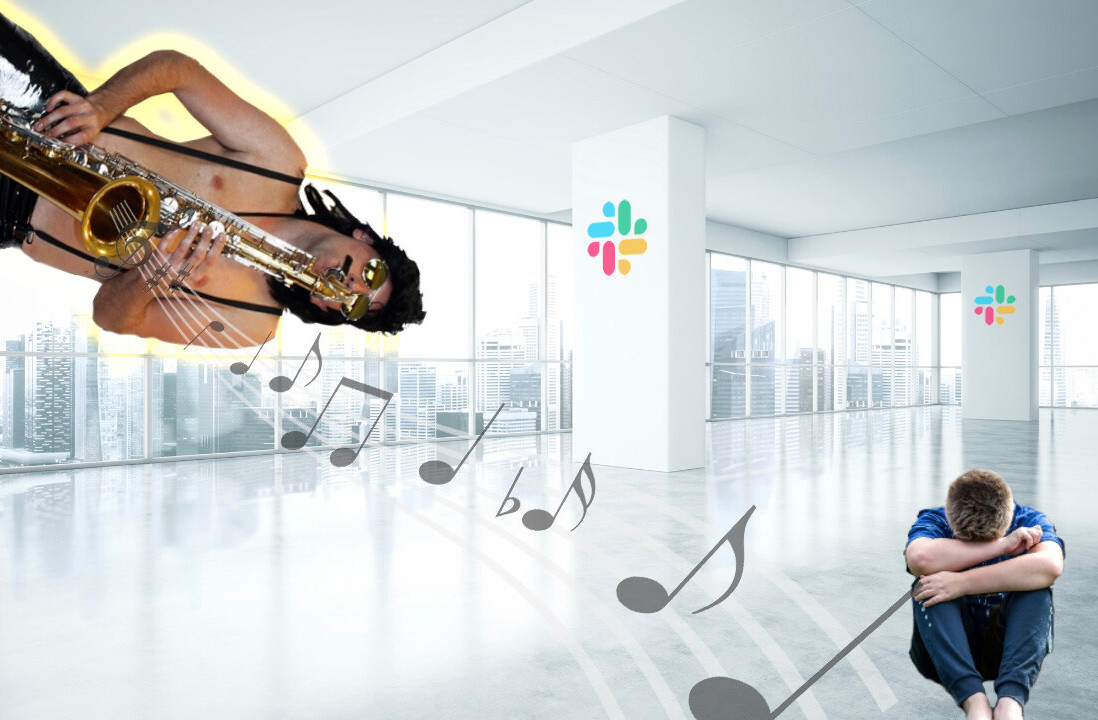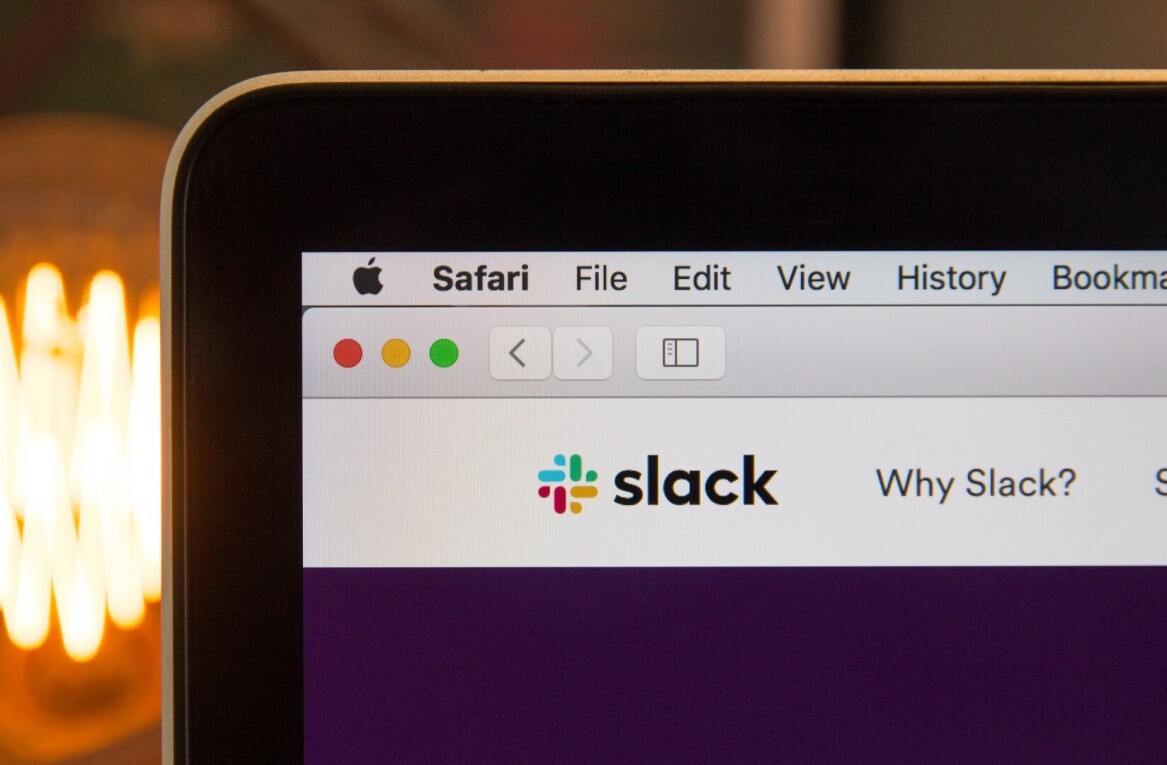
Slack and Duolingo’s latest survey found that 57% of global respondents believe messages are “incomplete” without an emoji. But nearly the same percentage also admits that they’ve been caught unaware of specific emoji having multiple meanings.
While it’s normally safe to misinterpret an emoji in your personal life, things can get much more complicated in the workplace.
Think about it. Even emoji that seem pretty straightforward can often be misinterpreted, depending on the individual, their cultural background, and the context.
I once informed my manager about a mistake I made at work. He replied with this: 😅. I honestly thought it was a polite way to show me that he was disappointed or angry — and I started sweating much like the smiley face.
He told me later, he was simply laughing at how I handled the situation.
As the survey revealed, there’s a whole lot of seemingly inconspicuous emoji that often create confusion in the workplace.
The most confusing emoji
At TNW we use this 👀 to help each other with workflow and indicate that we’re looking into something. But 36% of respondents said the emoji means “I see you,” while 26% use it to say they “want the gossip.”
Here’s another one, the “pile of poop” emoji (💩). I rarely use it at work and for good reason.
According to the survey, the perception of its meaning is split between its literal depiction “crap,” and a more figurative meaning for “something that has gone to crap (ie. wrong).” Interestingly, in some countries including Japan it can also mean “good luck.”
The same split perception is also the case with the money wings emoji (💸). Respondents were split between it meaning a loss (28%) or an influx (31%) of money, depending on their country of origin.
If you’re working for a UK company, make sure you’re using the winky face emoji (😉) with the right person. While a third of British respondents believe it refers to an inside joke, or means “I’m kidding,” nearly the same number use it when they’re feeling flirty.
The same goes for the eggplant emoji (🍆). In fact, this one, along with the poop emoji, the kiss mark (💋), and the tongue (👅) are globally considered off-limits within the workplace. And, in this case, I think everyone can see the reason why.
And here’s my absolute favorite: the slightly smiling face (🙂). I’ve used it 10 times in my life in total. That’s because for me it’s the most ironic emoji out there, one that’s suitable for very specific situations.
I’m not the only one who’s interpreting the emoji in a negative way. While “feeling happy” (38%) and “general positivity” (39%) were the top uses for the emoji globally, many people also use it to show “deep exasperation and/or distrust” (14%).
Why should we care about emoji to begin with?
The majority of employees surveyed use emoji to communicate more nuance with fewer words, and speed up their overall communication.
Nearly 70% also feel closer and more bonded with a colleague who understands the emoji they’re using.
If you think about it, I’m sure you’ll be able to relate to these findings as well. So love your emoji, use them wisely, and good luck (💩).
Get the TNW newsletter
Get the most important tech news in your inbox each week.





